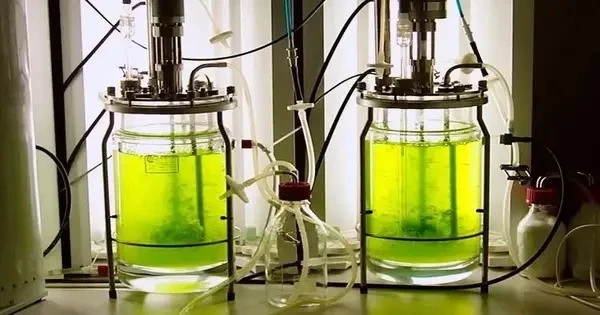A moss bioreactor is a photobioreactor used to cultivate and propagate mosses. It often refers to a system that makes use of moss (a form of non-vascular plant) for a variety of reasons, most notably environmental or biotechnological applications. It is commonly used in molecular farming to produce recombinant proteins from transgenic moss.
In environmental science, moss bioreactors are used to multiply peat mosses, such as by the Mossclone consortium to monitor air pollution. Mosses are small, simple plants with no actual roots, stems, or leaves, but they serve an important function in ecosystems and can be utilized for specific purposes. Moss is an extremely thrifty photoautotrophic organism that has been cultured in vitro for scientific purposes since the early twentieth century.
Here are a few contexts in which Moss Bioreactors might be used:
- Air Quality Improvement: Mosses are known to remove contaminants from the air. Some researchers and environmentalists are looking into using moss bioreactors to enhance air quality by capturing and filtering pollutants in urban or industrial regions.
- Bioremediation: Mosses are able to absorb and collect heavy metals from their surroundings. Moss bioreactors can be used to reduce pollution in places with heavy metal-contaminated soil or water by allowing the moss to absorb and concentrate toxins.
- Carbon Capture: Mosses, like other plants, capture carbon dioxide during photosynthesis. Moss bioreactors may be considered as a component of strategies for carbon capture and storage to mitigate the effects of climate change.
- Biopharmaceuticals: Some researchers are exploring the use of moss as a platform for producing biopharmaceuticals. Moss bioreactors could be engineered to express specific proteins or compounds for medical or industrial purposes.
Moss bioreactors can also be utilized in educational settings to educate plant biology, environmental science, and biotechnology. They offer a hands-on opportunity for students and researchers to investigate plant development, physiology, and reactions to various environmental circumstances.
The first moss bioreactors for the model organism Physcomitrella patens were developed in the 1990s to meet safety regulations for handling genetically modified organisms while also producing enough biomass for experimentation.
















